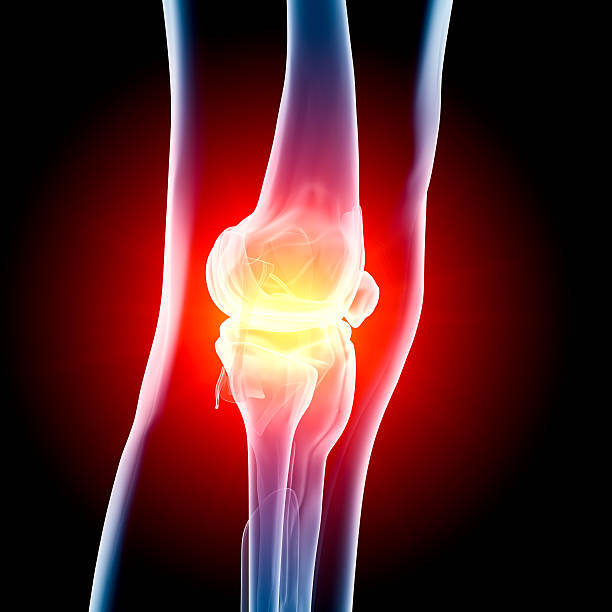
Posterior Lateral Meniscal Root and Oblique Radial Tears: The Biomechanical Evidence Supports Repair of These Tears, Although Long-Term Clinical Studies Are Necessary
21/12/2022
Robert F. LaPrade, M.D., Ph.D. , Andrew G. Geeslin, M.D. ,
Jorge Chahla, M.D., Ph.D., Moises Cohen, M.D., Ph.D. ,
Lars Engebretsen, M.D., PhD. , Scott C. Faucett, M.D., M.S.,
Alan M. Getgood, M.D., F.R.C.S. , Eivind Inderhaug, M.D., Ph.D.,
Darren L. Johnson, M.D., Sebastian Kopf, Dr. med ,
Aaron J. Krych, M.D. , Christopher M. Larson, M.D. ,
Martin Lind, M.D., Ph.D., Gilbert Moatshe, M.D., Ph.D. ,
Iain R. Murray, F.R.C.S., Ph.D. , Volker Musahl, M.D.,
Roberto Negrin, M.D. , Jonathan C. Riboh, M.D.,
Romain Seil, M.D., Ph.D. , Tim Spalding, F.R.C.S. Orth
We read with interest the recent study titled “Stable Lateral Meniscus Posterior Root Tears Left in situ at Time of Anterior Cruciate Ligament Reconstruction are of Minimal Long-Term Clinical Detriment” by Shumborski, Salmon, Monk, and Pinczewski.1 Long-term patient-reported outcomes (PROs) in subjects undergoing anterior cruciate ligament (ACL) reconstruction with an intact lateral meniscus were compared with those with untreated “stable” lateral meniscal posterior root (LMPR) tears. The authors concluded that “there was no adverse clinical outcome to leaving a stable LMPR tear in situ at the time of ACL reconstruction” and that outcomes are similar in patients with these tears to those that had an intact meniscus. In response to the article by Shumborski et al., Dr. Shelbourne wrote an editorial commentary titled “Meniscus Tears Seen at the Time of Anterior Cruciate Ligament Reconstruction Are Overtreated.”2 We have concerns about the clinical implications of accepting the conclusions of these articles without appropriate contextualization.To provide a framework for discussion of our concerns, the posterior lateral meniscal anatomy and tear classification systems are reviewed. We then discuss the biomechanical influence of these tears in the context of knee laxity and contact mechanics. Next, the epidemiology of this tear type and the clinical importance of meniscal preservation in the setting of concomitant ACL reconstruction is discussed. The conclusions by Shumborski et al.1 are discussed in this context along with the recommendations from Shelbourne.2 Lastly, we share our rationale for treatment of these tears as well as recommendations for future communication and research on this important tear pattern.
